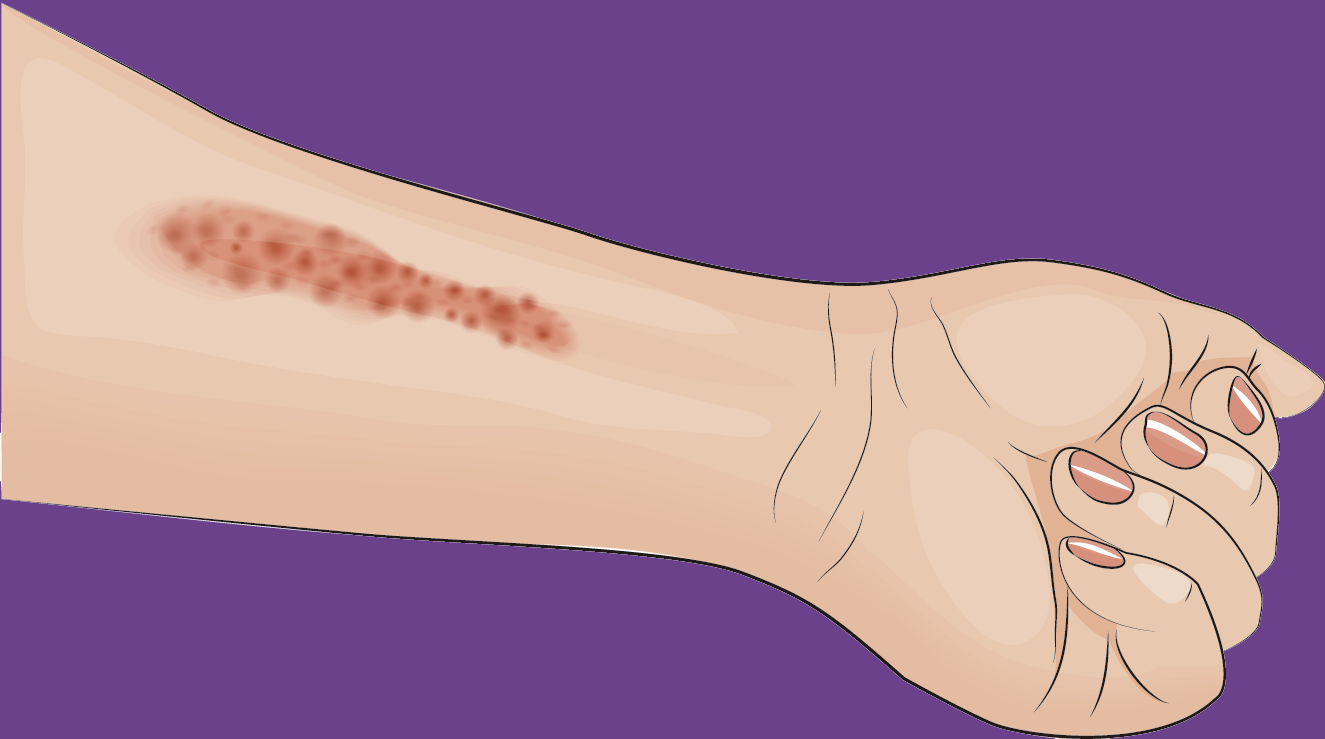Chinese investigators provided an update on the epidemiology, pathogenesis, clinical manifestations, diagnosis, aggravating factors, complications, treatments and prognosis of chronic urticaria.
They searched for meta-analyses, randomized controlled trials, clinical trials, reviews and other pertinent references.
Chronic urticaria is a clinical diagnosis, based on the appearance of characteristic urticarial lesions that wax and wane rapidly, with or without angioedema, most days of the week for more than six weeks. It is a common, debilitating and hard to treat condition. Medications, physical stimuli and stress can be the trigger of 10-20% of cases. After ruling out an underlying disorder, second generation H1 antihistamines are the choice for initial therapy. These are often safe and effective.
When an improvement does not occur in 2-4 weeks of treatment, the dose can be increased up to fourfold the recommended dose. If improvement does not occur after increase in the dosage, omalizumab should be added.
When a satisfactory improvement does not happen after 6 months or earlier, or if symptoms are intolerable after omalizumab, there is still the possibility of treatment with cyclosporine and second generation H1 antihistamines.
Short-term use of oral corticosteroids may be considered for acute exacerbation of chronic urticaria or in refractory cases.
In conclusion, chronic urticaria is an idiopathic disease in most cases, with the average duration of two to five years. Complications may include skin excoriations, adverse effect on quality of life, anxiety and depression. Treatment is primarily symptomatic with second generation antihistamines on the first line of treatment. Omalizumab has been showing a good support in the management of chronic urticaria and improves patients’ quality of life.





